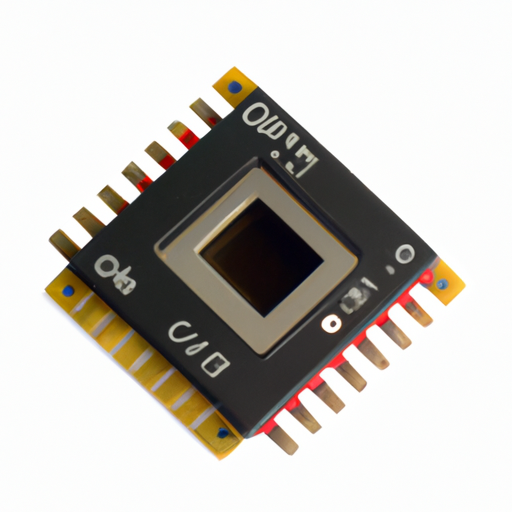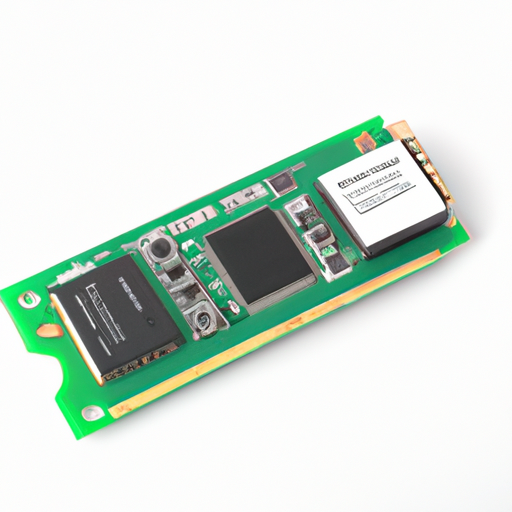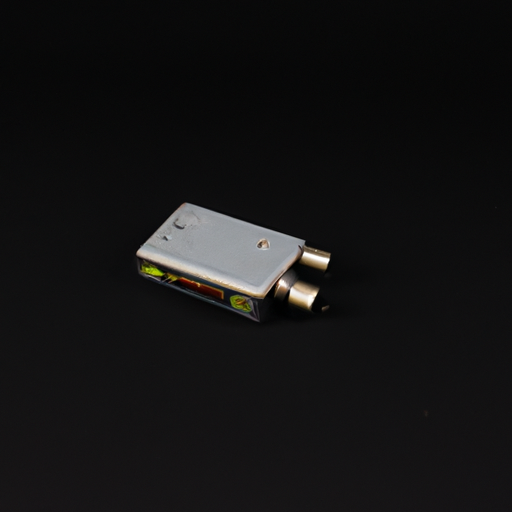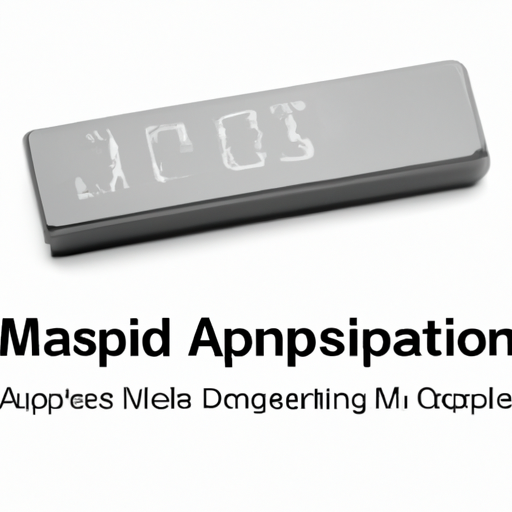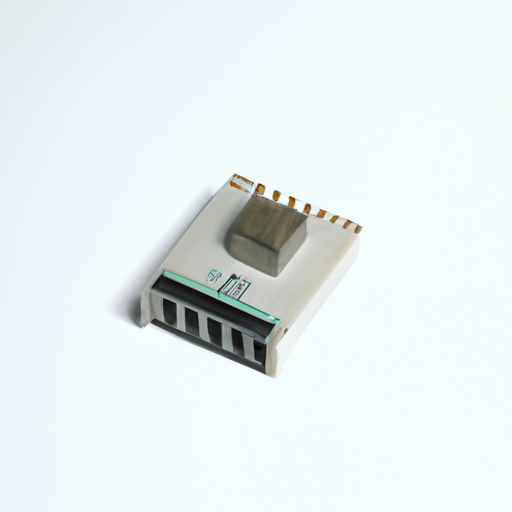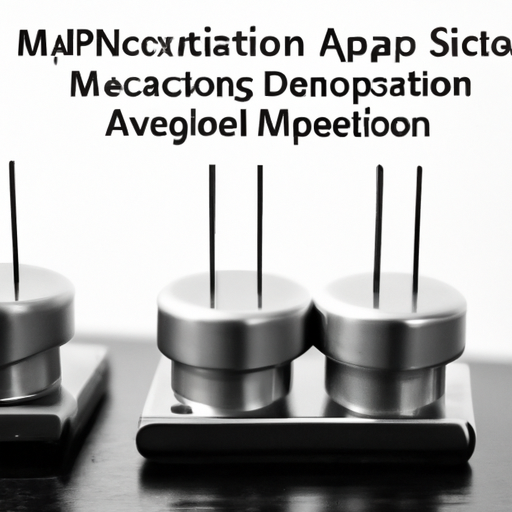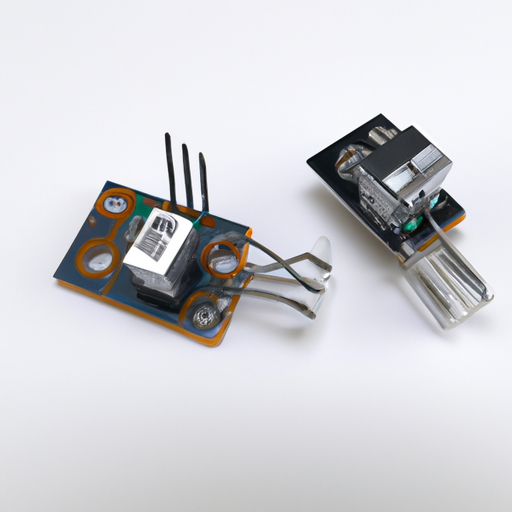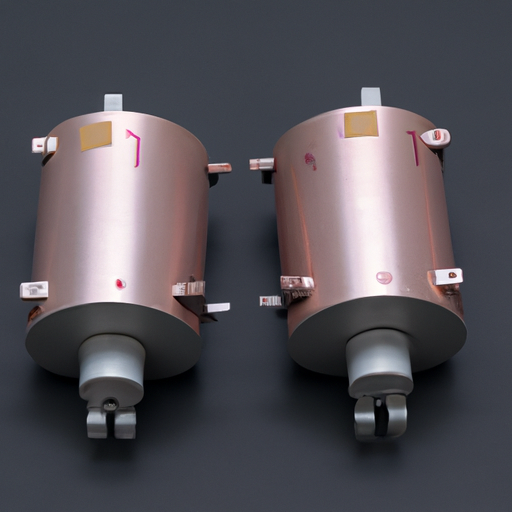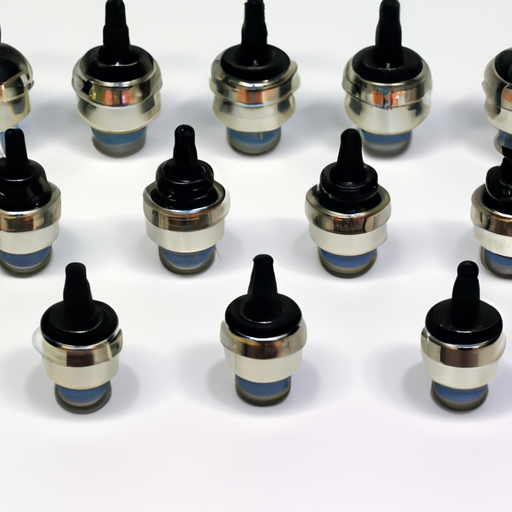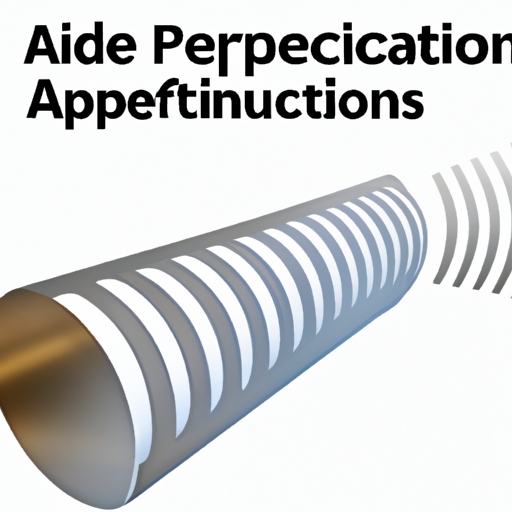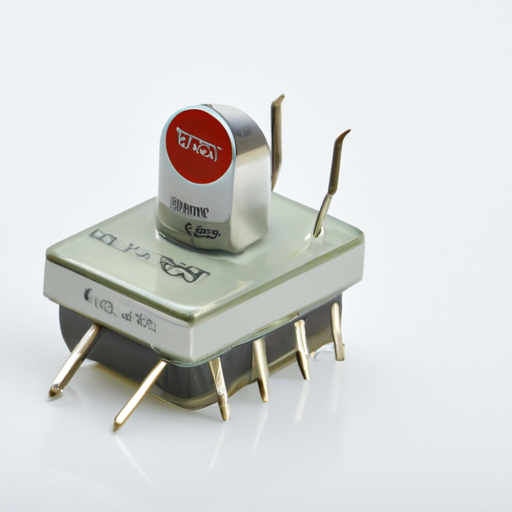

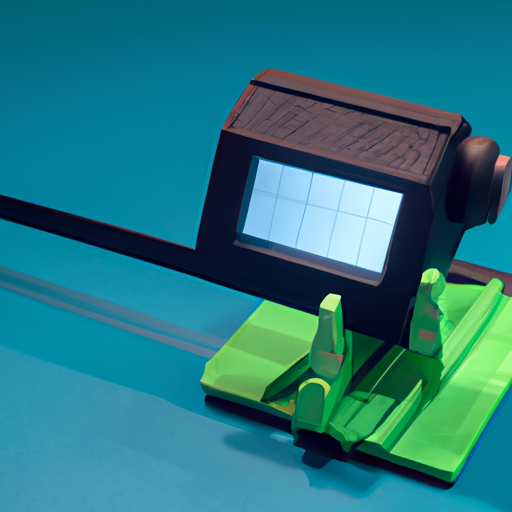
Overview of Distance Measuring Technologies and ApplicationsDistance measuring technologies play a crucial role in various industries, enabling precise measurements that enhance safety, efficiency, and functionality. Below is a detailed overview of core functional technologies in distance measuring, along with notable application development cases.
Core Functional Technologies in Distance Measuring1. Ultrasonic Sensors2. Laser Rangefinders3. Infrared Sensors4. Lidar (Light Detection and Ranging)5. Radio Frequency (RF) Distance Measurement1. Autonomous Vehicles2. Smart Home Devices3. Industrial Automation4. Surveying and Mapping5. Healthcare Applications Application Development Cases ConclusionDistance measuring technologies are integral to a wide range of applications across multiple industries. By leveraging ultrasonic, laser, infrared, Lidar, and RF technologies, developers can create innovative solutions that enhance safety, efficiency, and accuracy. As technology continues to evolve, the integration of these distance measuring systems with IoT and AI will further expand their capabilities and applications, paving the way for smarter and more connected environments.
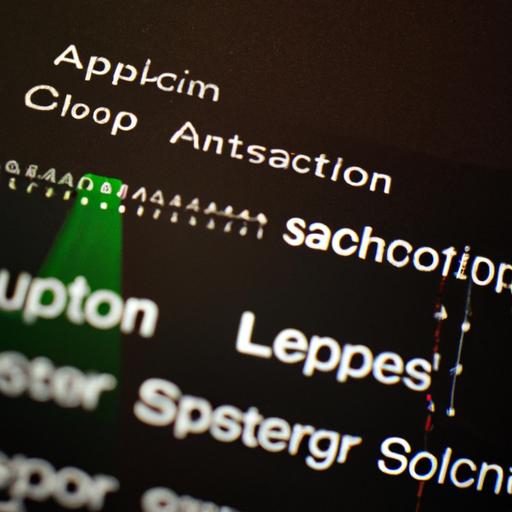
Application Development in Photo Detectors - Remote Receiver for CFR-25JB-52-13R: Key Technologies and Success StoriesDeveloping applications for photo detectors, particularly in the context of a remote receiver like the CFR-25JB-52-13R, involves several key technologies and methodologies. Below are some of the critical technologies and success stories associated with photo detectors and remote receivers.
Key Technologies1. Photo Detector Technologies2. Signal Processing3. Wireless Communication Protocols4. Integration with IoT5. Machine Learning and AI1. Li-Fi Technology Implementation2. Smart Agriculture3. Industrial Automation4. Environmental Monitoring5. Healthcare Applications Success Stories ConclusionThe development of applications using photo detectors, particularly in remote receivers like the CFR-25JB-52-13R, is a rapidly evolving field. By leveraging advancements in photodetector technology, signal processing, and integration with IoT and AI, numerous industries are realizing significant benefits. The success stories highlight the versatility and potential of photo detectors in enhancing communication, monitoring, and automation across various sectors. As technology continues to advance, the applications of photo detectors are expected to expand, driving innovation and efficiency in multiple domains.
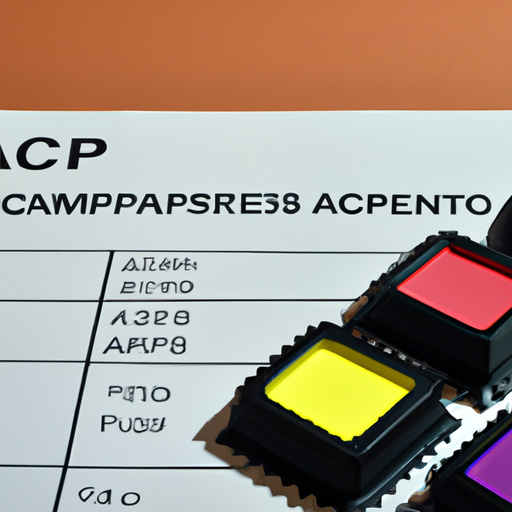
Application Development in Color Sensors for CFR-50JB-52-13K: Key Technologies and Success StoriesDeveloping applications for color sensors like the CFR-50JB-52-13K involves leveraging various key technologies and methodologies to ensure accurate color detection and processing. Here’s an overview of the key technologies involved and some success stories that illustrate their application.
Key Technologies1. Color Detection Algorithms2. Signal Processing3. Microcontroller Integration4. Communication Protocols5. User Interface Development1. Quality Control in Manufacturing2. Agricultural Applications3. Art and Design4. Smart Home Devices5. Healthcare Applications Success Stories ConclusionThe CFR-50JB-52-13K color sensor can be effectively utilized across various industries, from manufacturing to healthcare, by leveraging key technologies such as advanced algorithms, microcontroller integration, and real-time data processing. The success stories highlight the versatility and impact of color sensors in improving processes, enhancing user experiences, and driving innovation. As technology continues to evolve, the potential applications for color sensors will likely expand, leading to even more innovative solutions. Future DirectionsEnhanced Machine Learning Models: More sophisticated algorithms that can adapt to different environments and lighting conditions.Enhanced Machine Learning Models: More sophisticated algorithms that can adapt to different environments and lighting conditions.Integration with Augmented Reality (AR): Applications that allow users to visualize color data in real-time through AR interfaces.Integration with Augmented Reality (AR): Applications that allow users to visualize color data in real-time through AR interfaces.Sustainability Applications: Using color sensors to monitor environmental changes, such as water quality or plant health, contributing to sustainability efforts.Sustainability Applications: Using color sensors to monitor environmental changes, such as water quality or plant health, contributing to sustainability efforts.By continuing to explore and innovate in the realm of color sensors, developers can unlock new possibilities and applications that enhance various industries and improve everyday life.

Application Development in Ambient Light, IR, and UV Sensors for CFR-50JB-52-13R: Key Technologies and Success StoriesThe integration of ambient light, infrared (IR), and ultraviolet (UV) sensors into devices like the CFR-50JB-52-13R can significantly enhance their functionality and user experience. Below, we explore key technologies and notable success stories that illustrate the potential of these sensors.
Key Technologies1. Sensor Integration2. Data Processing and Analytics3. Wireless Communication4. Energy Harvesting5. Miniaturization and Cost Reduction1. Smartphones and Tablets2. Wearable Devices3. Smart Home Devices4. Agricultural Applications5. Health Monitoring6. Automotive Applications Success Stories ConclusionThe integration of ambient light, IR, and UV sensors into devices like the CFR-50JB-52-13R can lead to significant advancements in user experience, safety, and energy efficiency. As technology continues to evolve, we can anticipate even more innovative applications and success stories in the future. By leveraging these key technologies, the CFR-50JB-52-13R can enhance its functionality and market appeal, positioning itself as a leader in its category.
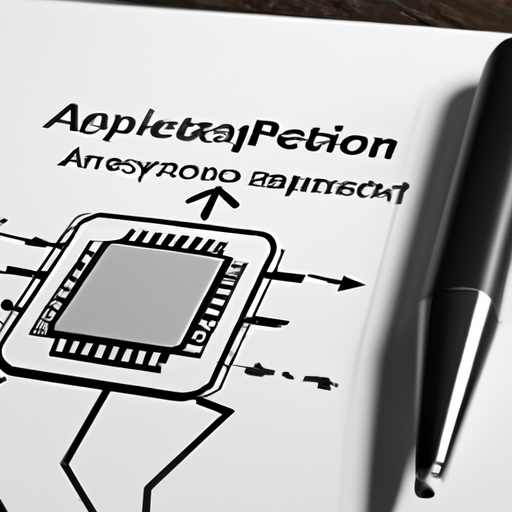
Application Development in Optical Motion Sensors for ECS-F1EE336: Key Technologies and Success StoriesOptical motion sensors have emerged as pivotal components in a variety of applications, spanning consumer electronics, automotive systems, healthcare, and gaming. For students in ECS-F1EE336, which focuses on electronic and computer systems, a comprehensive understanding of the key technologies and notable success stories in optical motion sensor development is essential. Below is an overview of these aspects.
Key Technologies in Optical Motion Sensors1. Image Sensors2. Optical Flow Algorithms3. Machine Learning and AI4. Infrared and Laser Technologies5. Sensor Fusion1. Smartphones and Tablets2. Gaming Consoles3. Automotive Applications4. Healthcare Monitoring5. Robotics6. Virtual and Augmented Reality Success Stories ConclusionThe development of optical motion sensors has significantly transformed various industries, leading to innovative applications and enhanced user experiences. As technology continues to advance, the integration of optical motion sensors with AI and machine learning will likely drive further innovations, opening new avenues for application development. For students in ECS-F1EE336, understanding these technologies and success stories provides a solid foundation for future projects and research in the field of electronic and computer systems. This knowledge will be invaluable as they explore the potential of optical motion sensors in their own work and studies.

CFR-25JB-52-130R Inclinometers: Core Functional Technologies and Application Development CasesInclinometers, such as the CFR-25JB-52-130R model, are critical instruments for measuring the angle of slope, elevation, or depression relative to gravity. Their applications span various industries, including civil engineering, geotechnical monitoring, aerospace, and more. Below, we explore the core functional technologies that underpin these devices and highlight several application development cases that demonstrate their effectiveness.
Core Functional Technologies1. Sensor Technology2. Data Acquisition and Processing3. Wireless Communication4. Power Management5. Calibration and Compensation1. Geotechnical Monitoring2. Structural Health Monitoring3. Mining Applications4. Aerospace and Automotive5. Robotics and Automation6. Agricultural Applications Application Development Cases ConclusionThe CFR-25JB-52-130R inclinometer exemplifies the integration of advanced sensor technology and data processing capabilities, delivering accurate and reliable measurements across various applications. Its versatility highlights the importance of inclinometers in ensuring safety, efficiency, and performance in numerous engineering and technological fields. As technology continues to advance, the integration of inclinometers with IoT and smart systems will further enhance their functionality and broaden their application scope, paving the way for innovative solutions in diverse industries.
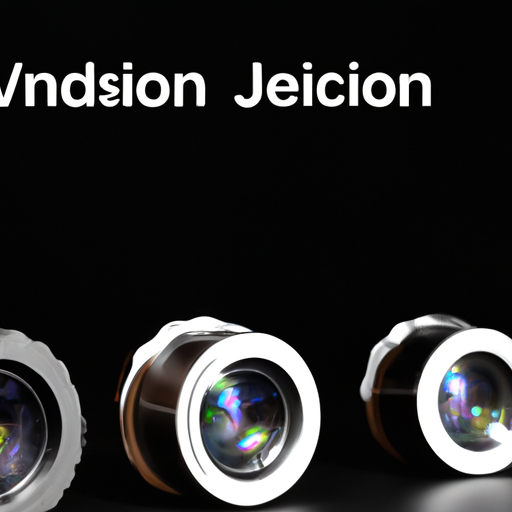
Application Development in Image Sensors and Cameras for CFR-25JB-52-130K: Key Technologies and Success StoriesThe CFR-25JB-52-130K, while a specific model, represents a broader category of image sensors and cameras that are pivotal in various sectors, including industrial, automotive, medical, and consumer electronics. Below, we explore key technologies that drive the development of such image sensors and highlight notable success stories that illustrate their impact.
Key Technologies in Image Sensors and Cameras1. CMOS Technology2. Global Shutter vs. Rolling Shutter3. High Dynamic Range (HDR)4. Machine Learning and AI Integration5. Multispectral and Hyperspectral Imaging6. Optical Image Stabilization (OIS)7. 3D Imaging and Depth Sensing8. Compact and Miniaturized Designs1. Automotive Industry2. Medical Imaging3. Consumer Electronics4. Industrial Applications5. Agriculture6. Security and Surveillance Success Stories ConclusionThe development of image sensors and cameras, such as the CFR-25JB-52-130K, is propelled by technological advancements and innovative applications across various industries. The integration of AI, HDR, and compact designs has led to significant improvements in image quality and functionality, resulting in successful implementations in automotive, medical, consumer electronics, industrial, agricultural, and security sectors. As technology continues to evolve, we can anticipate even more groundbreaking applications and enhancements in the field of imaging, further expanding the potential of image sensors and cameras in our daily lives.
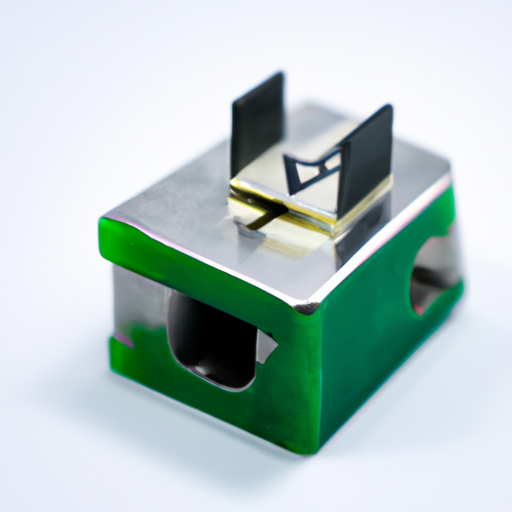
Overview of Force Sensors and Load CellsForce sensors and load cells are essential devices used to measure force, weight, or load in various applications. The CFR-50JB-52-130K is a specific model of load cell that exemplifies the technology used in these devices. Below, we delve into the core functional technology, relevant articles, and application development cases that highlight the effectiveness of force sensors and load cells.
Core Functional Technology1. Operating Principle2. Types of Load Cells3. Signal Conditioning4. Calibration1. "Advancements in Load Cell Technology"2. "Applications of Force Sensors in Industrial Automation"3. "The Role of Load Cells in Medical Devices"4. "Comparative Study of Load Cell Technologies"1. Industrial Weighing Systems2. Robotics and Automation3. Material Testing4. Medical Equipment5. Automotive Testing Articles and Research Application Development Cases ConclusionForce sensors and load cells, such as the CFR-50JB-52-130K, are integral to a wide range of applications across various industries. Their ability to provide accurate and reliable measurements of force and weight makes them invaluable in industrial automation, medical devices, robotics, and material testing. Ongoing advancements in technology continue to enhance their performance and expand their applications, solidifying their role as vital components in modern engineering and technology solutions.
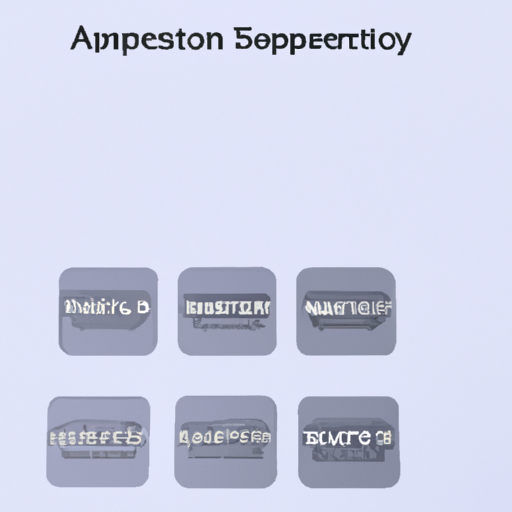
Application Development in Current Sensors for CFR-25JB-52-12R: Key Technologies and Success StoriesThe CFR-25JB-52-12R is a precision resistor often utilized in current sensing applications. While it is not a current sensor by itself, it plays a crucial role in current sensing circuits. Current sensors are essential in various sectors, including automotive, industrial automation, renewable energy, and consumer electronics. Below, we explore key technologies in current sensing and highlight success stories that demonstrate their application.
Key Technologies in Current Sensors1. Shunt Resistors2. Hall Effect Sensors3. Rogowski Coils4. Current Transformers (CTs)5. Integrated Current Sensors6. Digital Signal Processing (DSP)1. Electric Vehicles (EVs)2. Renewable Energy Systems3. Industrial Automation4. Consumer Electronics5. Smart Grid Applications Success Stories ConclusionThe integration of current sensors in various applications has led to significant advancements in efficiency, safety, and performance across multiple industries. Components like the CFR-25JB-52-12R exemplify the importance of precision resistors in current sensing circuits. As technology continues to evolve, the role of current sensors will likely expand, leading to even more innovative solutions in the future. The ongoing development in current sensing technologies will play a pivotal role in shaping the future of energy management, automotive safety, and industrial automation.

Application Development in Tilt Switches for CFR-50JB-52-12K: Key Technologies and Success StoriesTilt switches, such as the CFR-50JB-52-12K, are essential components in various applications due to their ability to detect the orientation or tilt of an object. Their versatility makes them suitable for a wide range of industries, including automotive, industrial, consumer electronics, and safety systems. Below is an overview of the key technologies that underpin these devices and notable success stories that highlight their application.
Key Technologies1. Microelectromechanical Systems (MEMS)2. Analog and Digital Signal Processing3. Wireless Communication4. Low Power Consumption5. Robust Housing and Environmental Protection6. Integration with Other Sensors1. Automotive Safety Systems2. Smart Home Devices3. Industrial Equipment Monitoring4. Consumer Electronics5. Robotics and Drones6. Medical Devices Success Stories ConclusionThe application development of tilt switches like the CFR-50JB-52-12K harnesses advanced technologies to deliver versatile and reliable solutions across various industries. As technology continues to advance, the integration of tilt switches with IoT, artificial intelligence, and other emerging technologies is expected to lead to even more innovative applications and success stories. The ongoing evolution of these devices will likely enhance their functionality and expand their use cases, making them indispensable in modern technology landscapes.

Application Development in Float Level Sensors for Model 9250-686: Key Technologies and Success StoriesFloat level sensors, such as the model 9250-686, are essential tools for measuring liquid levels in various applications, including industrial, agricultural, and municipal settings. This overview will delve into the key technologies that underpin float level sensors and highlight notable success stories that demonstrate their effectiveness.
Key Technologies in Float Level Sensors1. Magnetic Float Technology2. Reed Switches3. Capacitive Level Sensors4. Ultrasonic Level Sensors5. Wireless Technology6. Smart Sensors1. Water Treatment Facilities2. Oil and Gas Industry3. Chemical Processing4. Agricultural Applications5. Food and Beverage Industry Success Stories ConclusionFloat level sensors, including the model 9250-686, are vital components in various industries, providing reliable and accurate liquid level measurements. The integration of advanced technologies such as wireless communication and IoT capabilities has significantly enhanced their functionality and application scope. The success stories across different sectors underscore the importance of these sensors in improving operational efficiency, safety, and product quality, making them indispensable tools in modern industrial applications.





